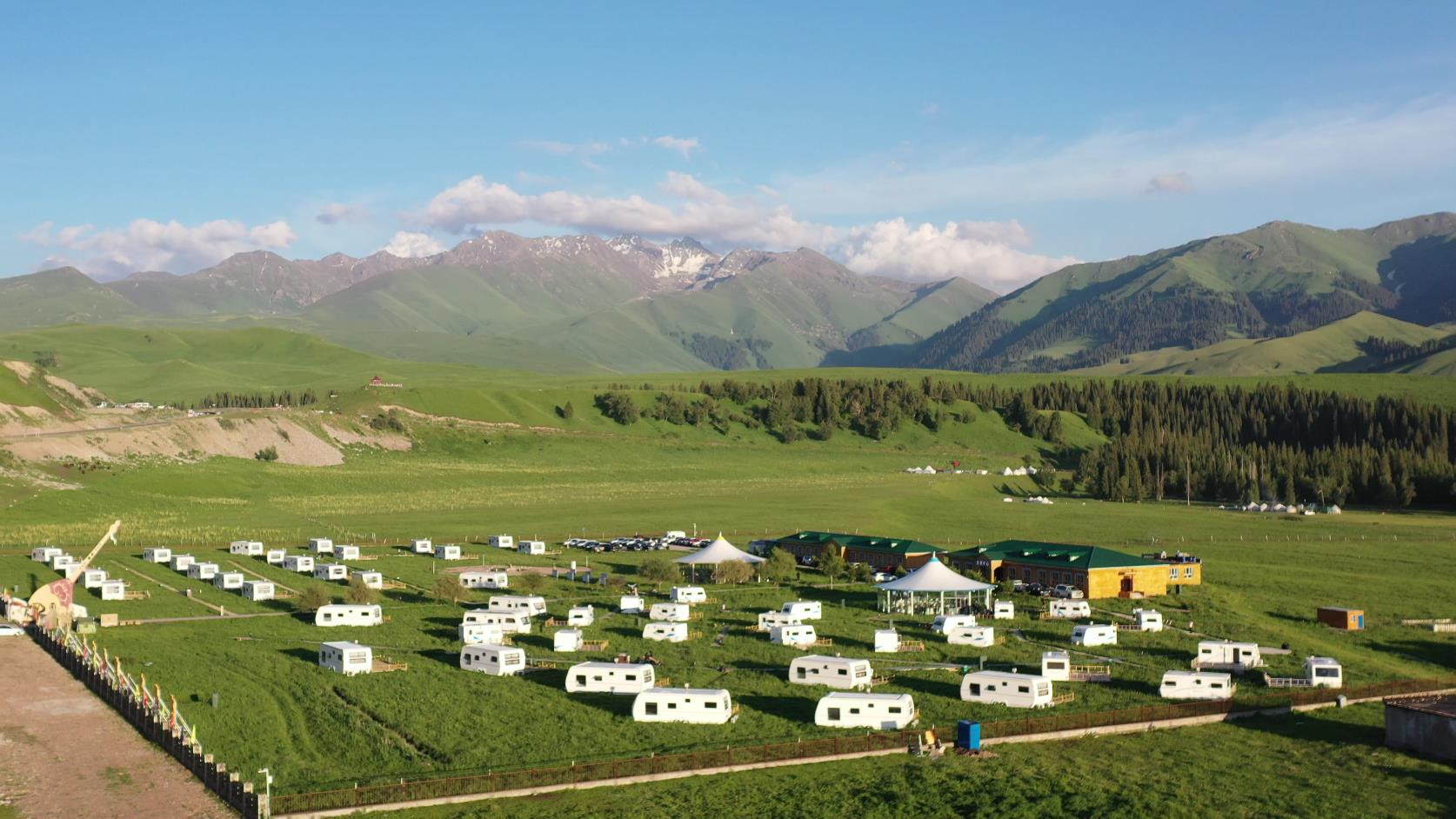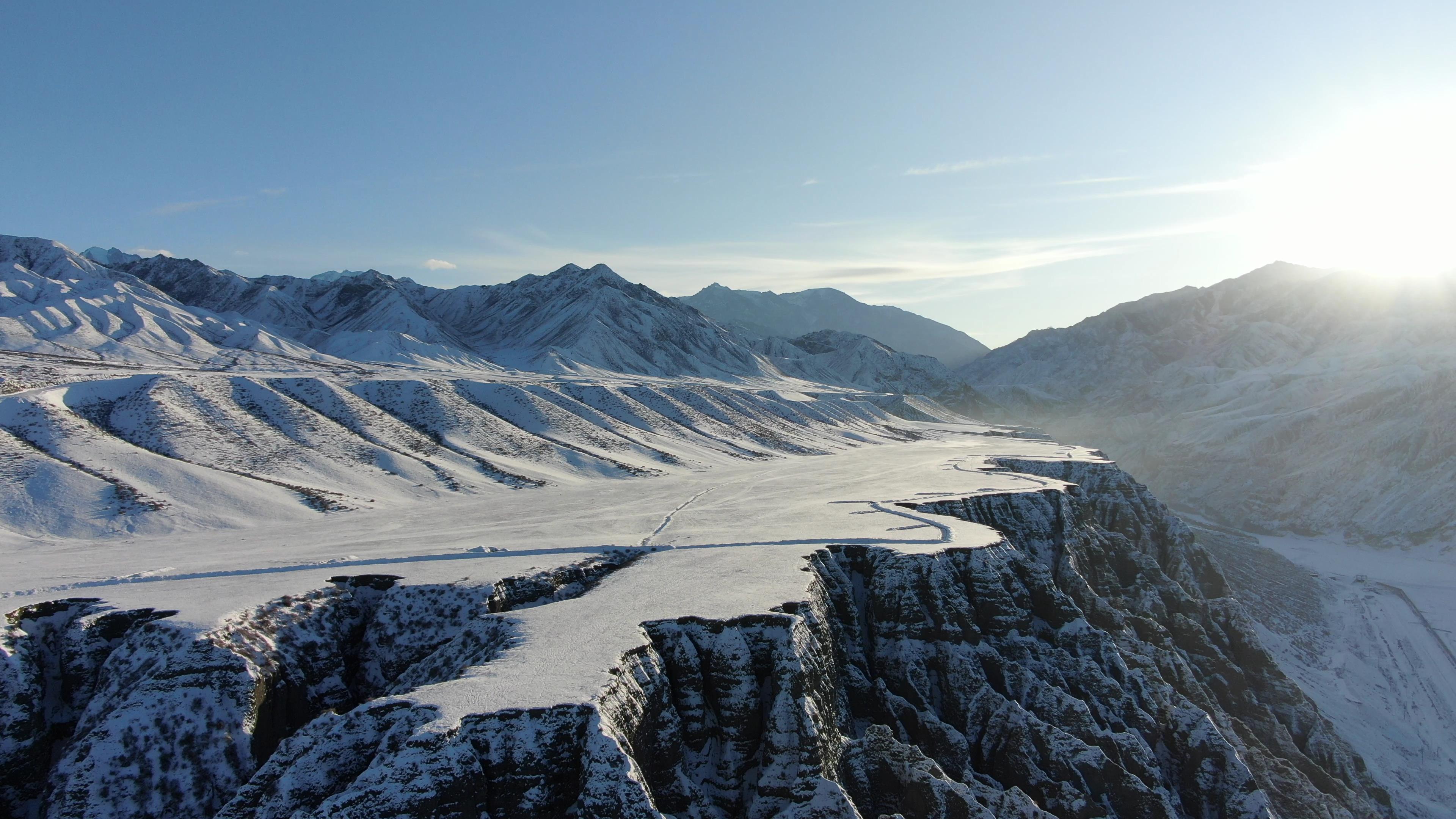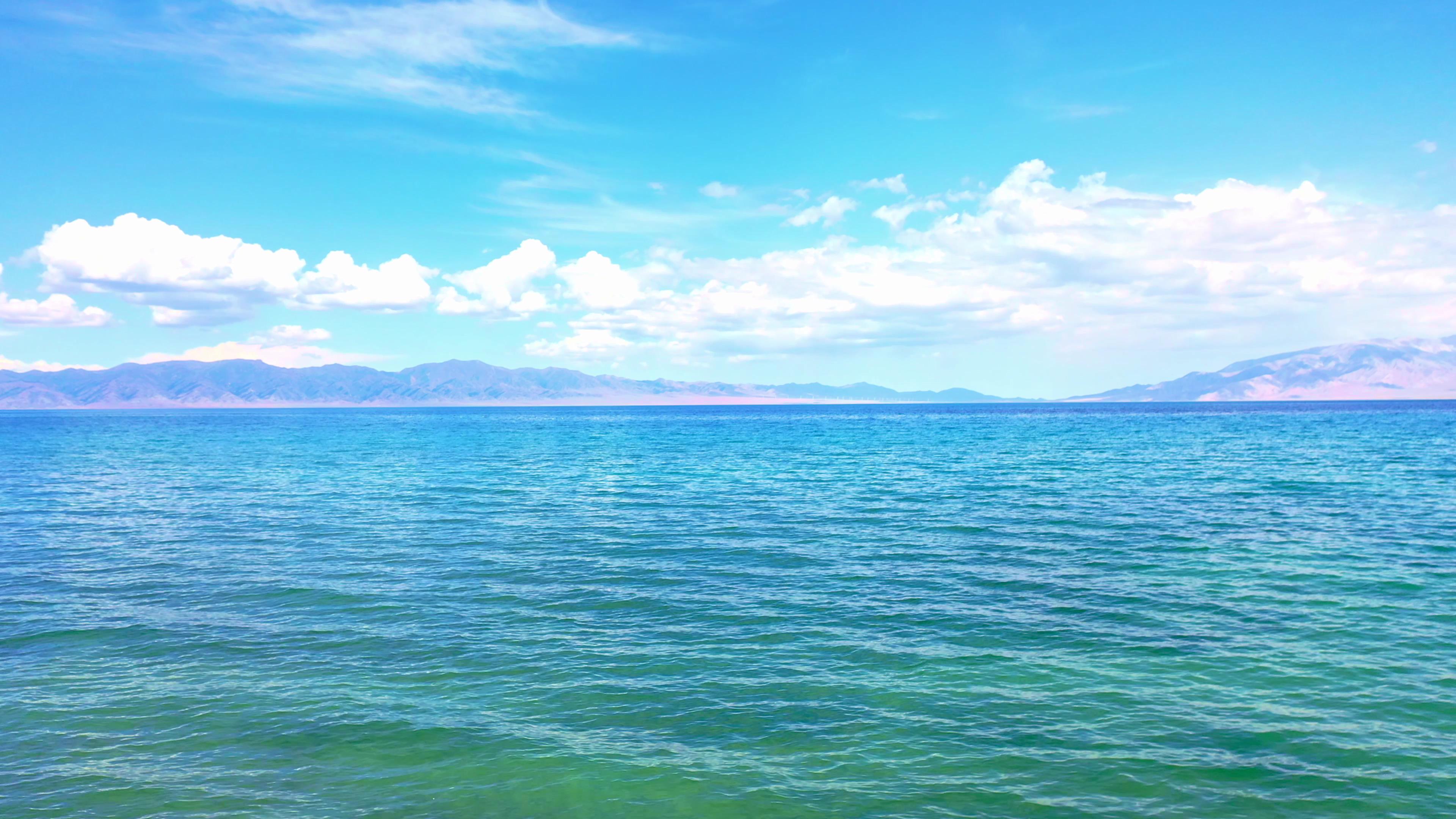Golden Autumn and National Day Holiday Travel in Xinjiang, Xinjiang Travel Consultation
Xinjiang Travel Consultation: (Same) 0991-8585456

Poor itinerary planning directly affects the overall travel experience. An unreasonable time arrangement can be exhausting, and you may also miss beautiful scenery. There are now various travel guides online, and reading them may cause confusion. Everyone’s travel purpose and season to Xinjiang are different, so the travel guides and itineraries they write may not necessarily suit us.
Due to my work, I have to customize hundreds of itineraries every year. In fact, there are only three major routes in Xinjiang, but depending on the season we arrive, the number of days in the itinerary, and everyone’s needs, these three routes can be combined into various itinerary options. Every year, I personally take these routes, and I have even visited some scenic areas almost every month on average. Based on my experience, I provide a reference for everyone.
It is necessary to understand the geographical features of Xinjiang before choosing a route
"Three mountains sandwiching two basins" is the most vivid description of Xinjiang’s landform. Looking at the map, the Altai Mountains are in the north, the Kunlun Mountains are in the south, and the Tianshan Mountains stretch across the middle, dividing Xinjiang into northern and southern halves. The northern part is the Junggar Basin, and the southern part is the Tarim Basin. It is customary to call the area south of the Tianshan Mountains Southern Xinjiang, north of the Tianshan Mountains Northern Xinjiang, and Turpan and Hami Eastern Xinjiang.
Xinjiang tourist routes

Xinjiang tourist routes have also formed the Northern Xinjiang circuit, Yili-Tianshan circuit, and Southern Xinjiang circuit based on geographical features.

Suitable seasons for traveling in Northern Xinjiang:
From June to September is the peak tourist season in Northern Xinjiang, especially during the summer months of July and August, as well as during the golden autumn in Kanas (mid-September to National Day). During this time, the Northern Xinjiang circuit route is the peak for tourism. If you have flexible time, it is recommended to visit Kanas in September or October. (It’s simply a paradise on earth)
After mid-September is the most fantastical season in Kanas, Northern Xinjiang. At this time, Northern Xinjiang is rich in colors. If you want to experience autumn, this place will definitely satisfy all your yearnings for autumn.
From late December to February is the best season to admire snow in Northern Xinjiang. Describing Kanas’ snowy scenery as a fairy tale world of ice and snow is by no means an exaggeration. Winter tourism in Xinjiang has only begun to be promoted in the past few years, and self-driving into the Kanas scenic area is now possible in winter. Currently, not many people visit in winter, making it cost-effective.
Reference Itinerary for Northern Xinjiang Loop:
D1, Urumqi – Tianshan Heavenly Lake – Fuyun
D2, Fuyun – Colorful Beach – Burqin
D3, Burqin – Kanas
D4, Kanas – Hemu
D5, Hemu – Urho Devil’s City – Urho
D6, Urho – Dushanzi Grand Canyon – Urumqi
The reference itinerary is suitable for any month and does not represent all attractions in Northern Xinjiang. Some attractions have more pronounced seasonality and can be added or subtracted based on travel time. There are many lesser-known attractions in Northern Xinjiang that are highly recommended, such as the 10,000-mu Dry Farmland in Mulai, Mulai Poplar Forest, Silicified Wood Dinosaur Park, S318 on the West Route, and Alataw Pass. If you don’t want to take some conventional routes and have plenty of time, these routes are highly recommended.
Introduction to Southern Xinjiang Loop
Types of Landscapes:
Gobi, Desert, Canyon, Yardang Landform, Ancient City, Folk Customs, Snowy Mountain Plateau, Desert, Poplar Forest, Lake
Main Attractions of Southern Xinjiang Loop:
Kuqa Tianshan Grand Canyon, Kizil Thousand Buddha Caves, Wensu Grand Canyon, Kashgar Old Town, Pamir Plateau, Hotan, Desert Highway, Taklamakan Desert, Huyanglin Park
Suitable Travel Seasons for Southern Xinjiang:
Southern Xinjiang can be visited throughout the year. From the end of March, apricot blossoms bloom on the Pamir Plateau, allowing for a small 5-day loop itinerary. July, August, and September are the seasons when fruits are abundant in Southern Xinjiang, and it is also the peak travel season. This is the best time to travel. If you want to see poplar trees, you must arrange your visit in October. The poplar forests in the Tarim River basin of Xinjiang start to turn yellow in mid-October every year. It is a photographer’s paradise.
Reference Itinerary for Southern Xinjiang Loop:
D1, Urumqi – Duku Highway – Tangbula
D2, Tangbula – Bayanbulak
D3, Bayanbulak – Big and Small Dragon Lakes – Kuqa Tianshan Grand Canyon – Kuqa
D4, Kuqa – Kizil Thousand Buddha Caves – Wensu Grand Canyon – Aksu
D5, Aksu – Kashgar
D6, Kashgar – Kashgar Old Town – Kashgar
D7, Kashgar – Baishahu Lake – Karakul Lake – Tashkurgan
D8, Tashkurgan – Yingjisha
D8, Yingjisha – Hotan
D10, Hotan – Desert Highway – Kuqa
D11, Kuqa – Luntai Huyanglin Park – Luntai
D12, Luntai – Urumqi
Summary:
July, August, and September are the peak travel seasons in Xinjiang. During this time, the entire region of Xinjiang is suitable for tourism. If this is your first time, it is recommended to choose Kanas in Northern Xinjiang. If your itinerary spans more than 10 days, you can opt for Kanas + Yili Loop + Turpan. If you want to experience the most beautiful scenery in Xinjiang, the Yili Loop is recommended from April, May, and June. At the end of September, Kanas in Northern Xinjiang is recommended. The best time to admire snow in winter is from late December to early February. The best travel time for Southern Xinjiang is in September and October.
Xinjiang Travel Consultation: (Same) 0991-8585456





![["Xinjiang Kanas Tourism Kanas Tourism in National Day Golden Autumn October Must-Visit"]](https://www.xinjiangguide.com/wp-content/uploads/2025/05/2342-480x320.jpg)
